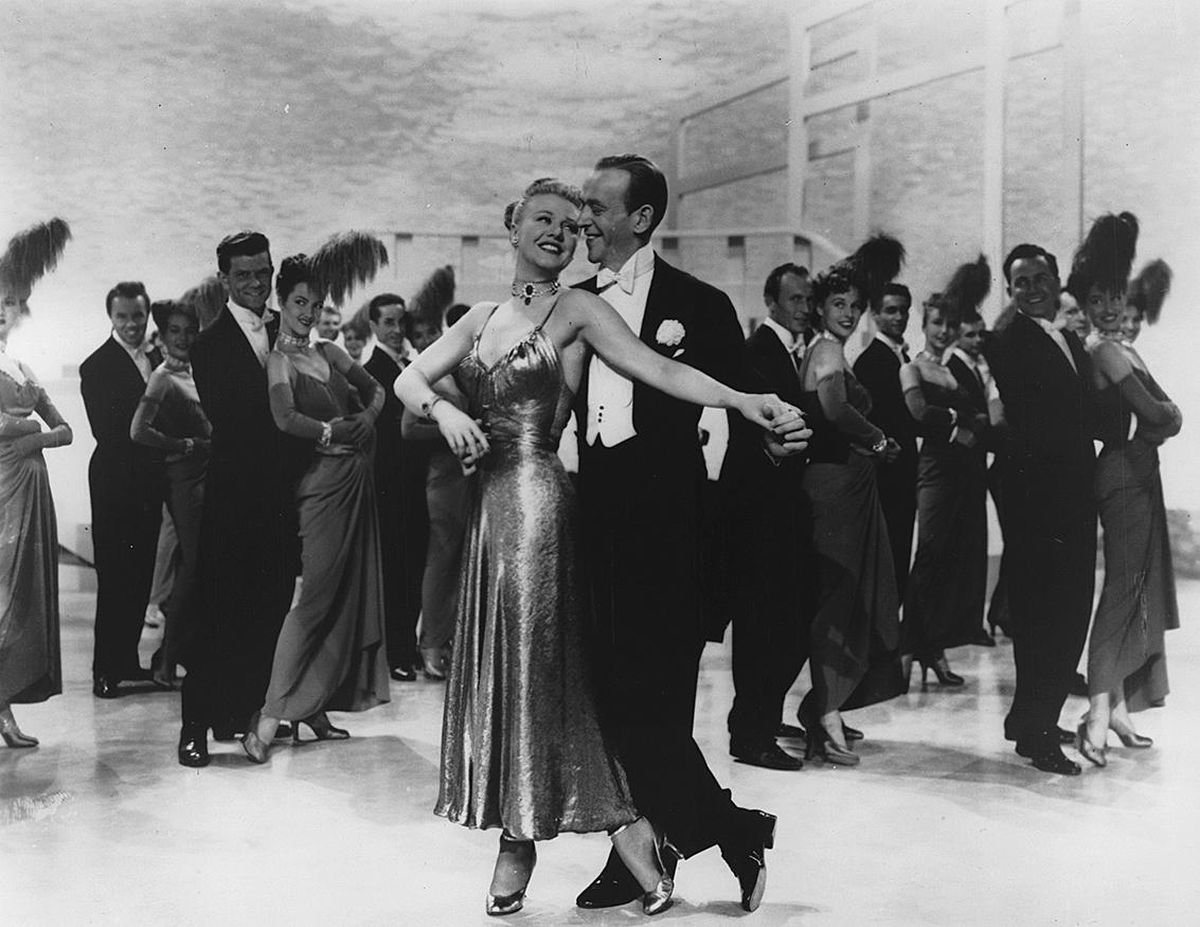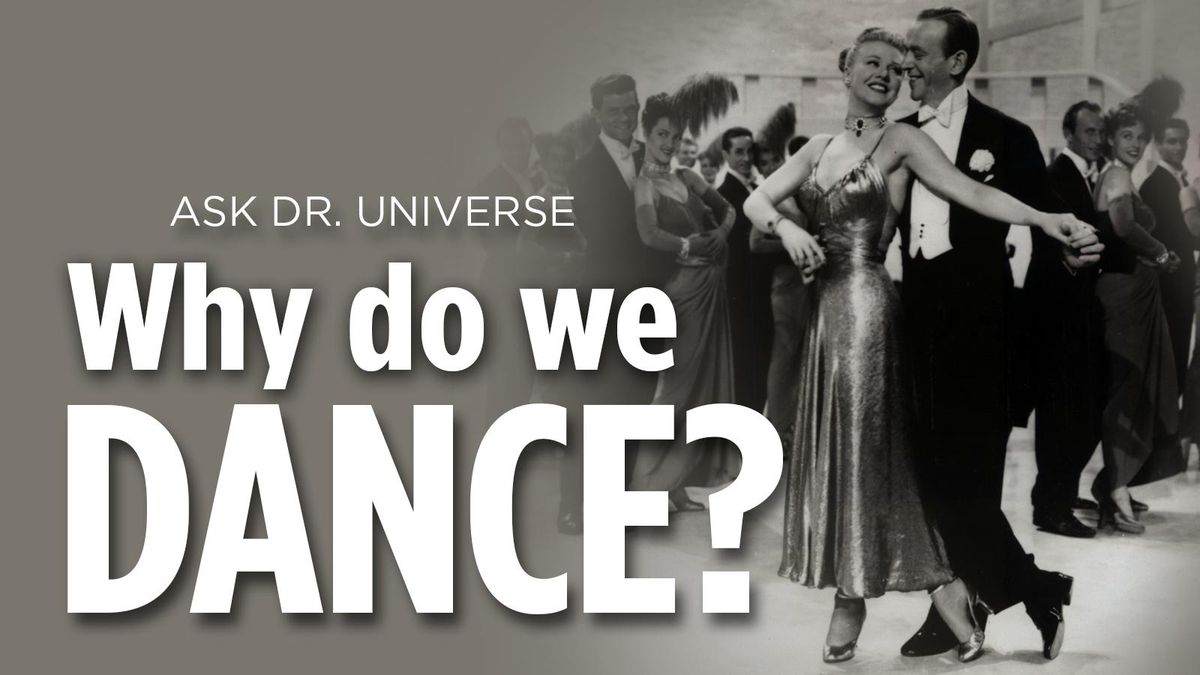Ask Dr. Universe: Why do we dance?
Ginger Rogers and Fred Astaire were silver screen dance icons in the 1930s and ’40s. (CBS)
Dear Dr. Universe: Why do we dance? – Helen H., 11, California
Dear Helen,
If we traveled around the world, we would see all kinds of dancers. We might see classical ballerinas in Russia. We might see break dancers performing on the streets of New York. We might even see tango dancers in Argentina.
While the exact reasons we dance remain a mystery, there are a few theories about it.
That’s what I found out from my friend Ed Hagen, an anthropologist at Washington State University who has researched the roots of dance.
In nature, we actually see a lot of animals dancing. It’s not just humans. Bees do a kind of waggle dance where they step in a figure-eight pattern. This movement helps them communicate important information. It lets other bees know where to find the best pollen to make honey.
Birds, especially male birds, will often flutter their bright and beautiful feathers to attract a mate. Dolphins will also make graceful leaps together and twirl around in the ocean to attract a partner.
This process of using dance to find a mate is part of something called courtship, Hagen said. Dance may also be part of courtship in humans, too. A good dance could be a signal that your partner is intelligent, has the ability to perform a skill, and might even be able to pass these traits down to the next generation.
Of course, people still dance even if they aren’t looking for a mate. One other idea about why humans dance is that early humans used movement to signal that a certain place was part of their territory.
A lot of animals, like lions and coyotes, also use movement or sound to signal to others: “This is our land. Don’t mess with us.”
While dancing may be rooted in courtship or protecting what’s yours, we dance for many reasons today: celebration, competition, and even exercise.
I also talked to my friend Kaila Evenoff, coach of the WSU Crimson Girls dance team, to find out more about it.
“Dance is a form of expression and a form of art,” she said. “We can convey our emotions into movement without talking.”
We can plan, or choreograph, these movements, too. When the team performs at football games, they help lift the crowd’s spirits. They also compete against other dance teams around the country to see who has the best skills.
Even if you aren’t a professional dancer, dancing can be a good form of exercise, too. It helps the body produce endorphins, or brain chemicals that make us feel happy.
“It is really enjoyable,” Hagen said. “That opens the question, why is it enjoyable?”
The types of dances we do change throughout time, too. In fact, humans come up with new dance moves all the time. I’ll have to see if I can come up with any good ones.
Maybe one day you can put on your dancing shoes and thinking cap to help us learn even more about what it means to dance.
Sincerely,
Dr. Universe
Ask Dr. Universe is a project from Washington State University. Submit a question of your own at askDrUniverse.wsu.edu/ask.

